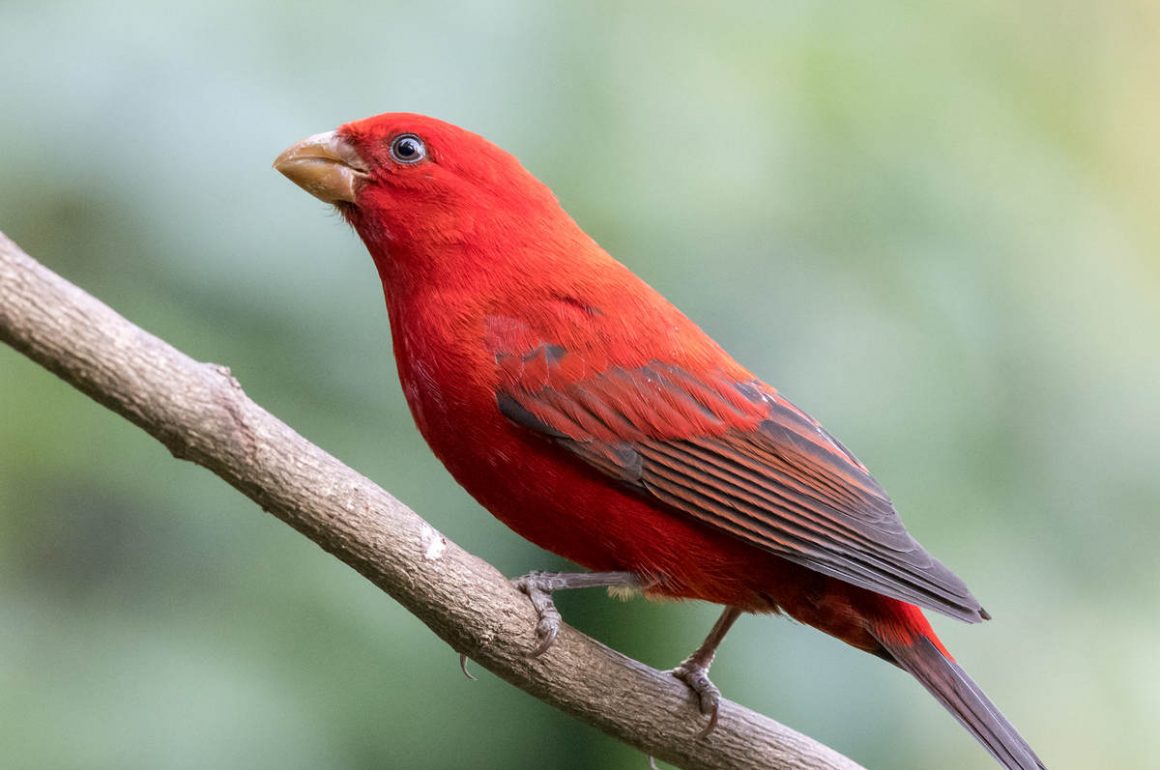
Up until a few years ago, Baihualing in Yunnan was both a great place to see birds and open to foreigners. I am not sure about the first nowadays, as the second is no longer true. The place has been blocked for non-Chinese nationals for more than 2 years now.
Here are some of the nice birds foreigners could see at Baihualing, before it was blocked for foreigners. In a better world, non-Chinese would still be allowed to see these birds. Nationalism still sucks.
The Beautiful Sibia is one of 11 bird species listed in the HBW with the word “beautiful” in its name. A well-deserved name, and kudos to whoever came up with this name for realizing the beauty of this bird despite its almost monochromatic appearance.
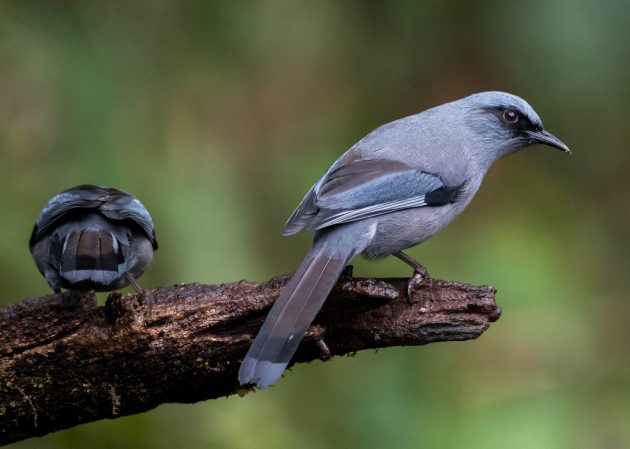
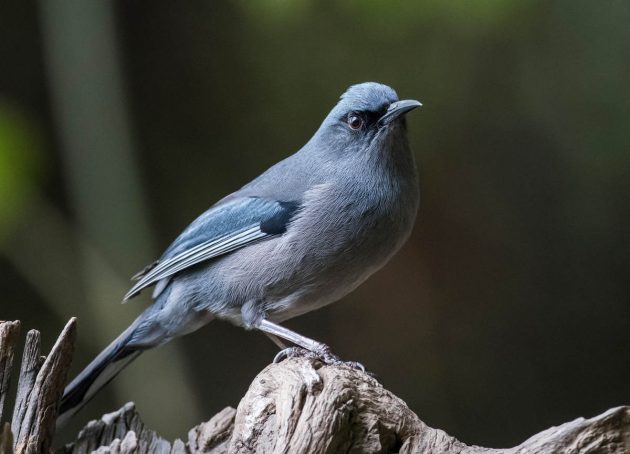
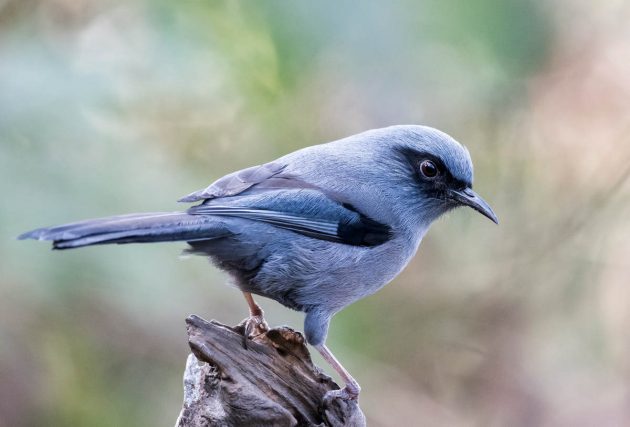
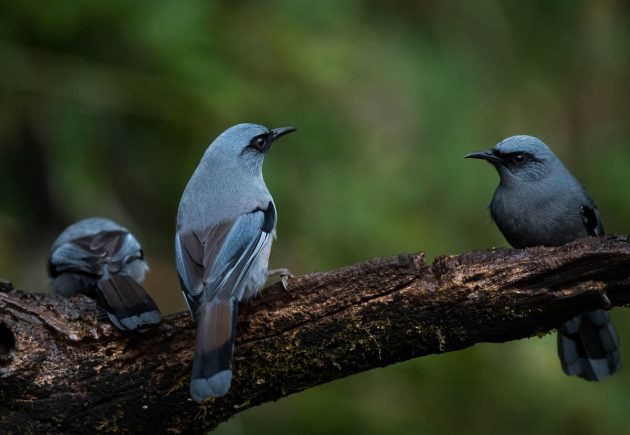
The name of its relative, the Black-headed Sibia, is a bit less gushing and more descriptive. However, the Latin species name is desgodinsi after Auguste Desgodins, a French missionary whose sole claim to fame seems to be that he attempted to enter Tibet in the early 1860s. Why this merits naming a bird after him – particularly one that does not live in Tibet – is a mystery to me.
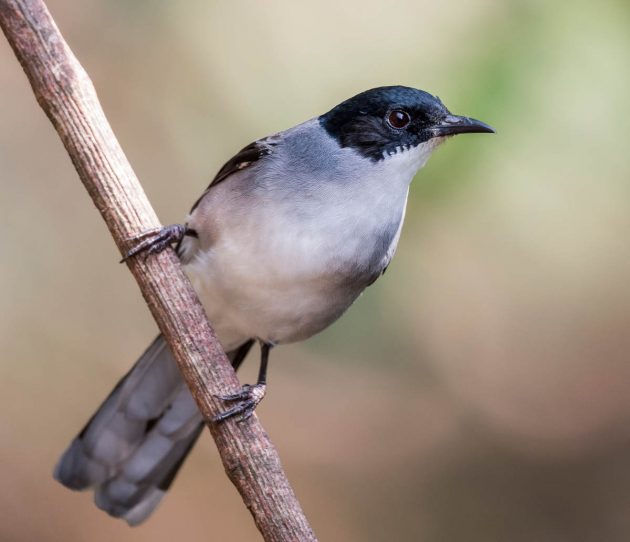
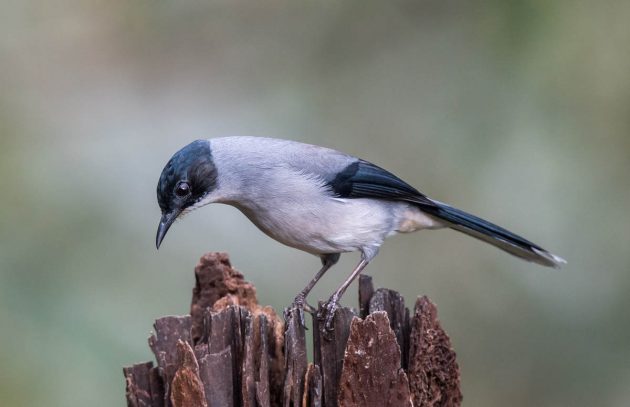
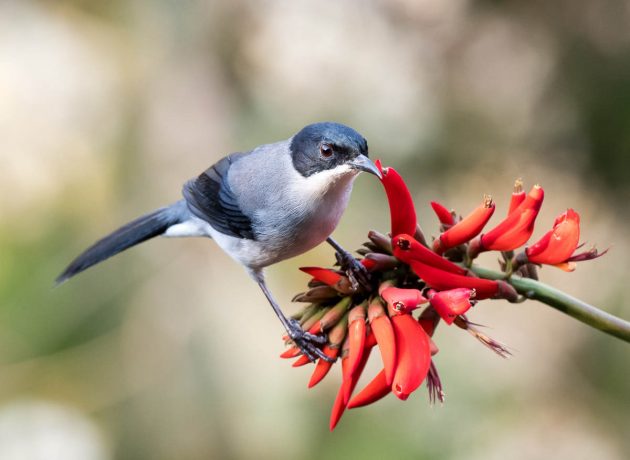
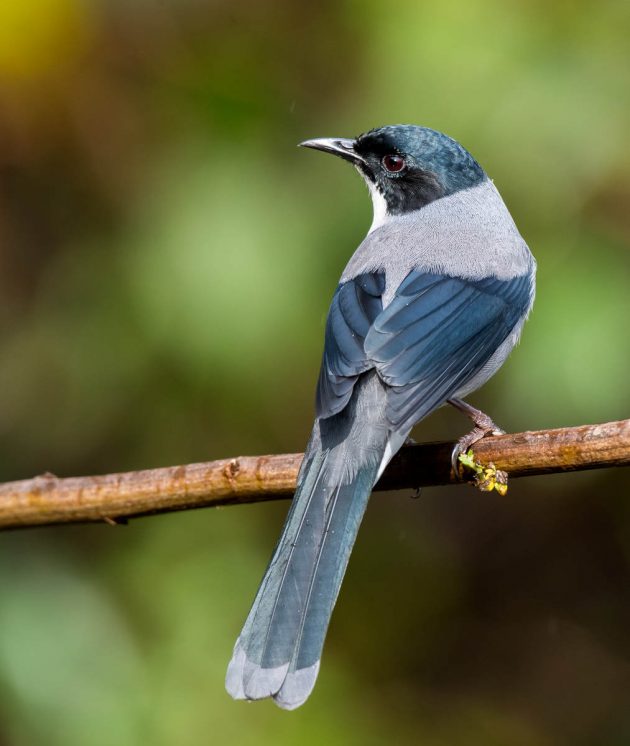
Another sibia at Baihualing is the Long-tailed Sibia, which has a color scheme similar to the first two sibias shown here. Its Latin species name, picaoides, suggests that it resembles a magpie (pica).
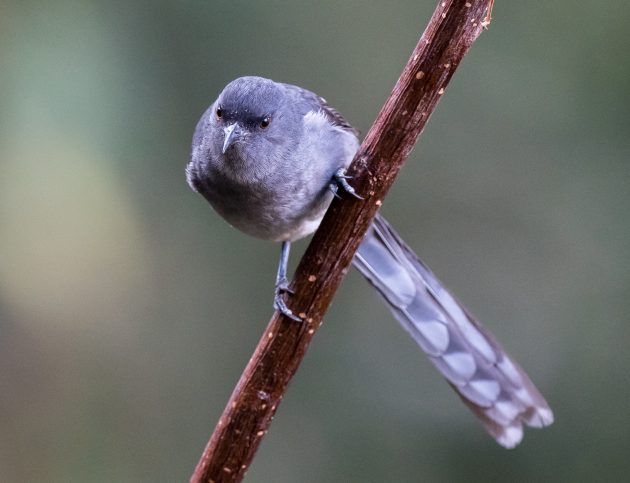
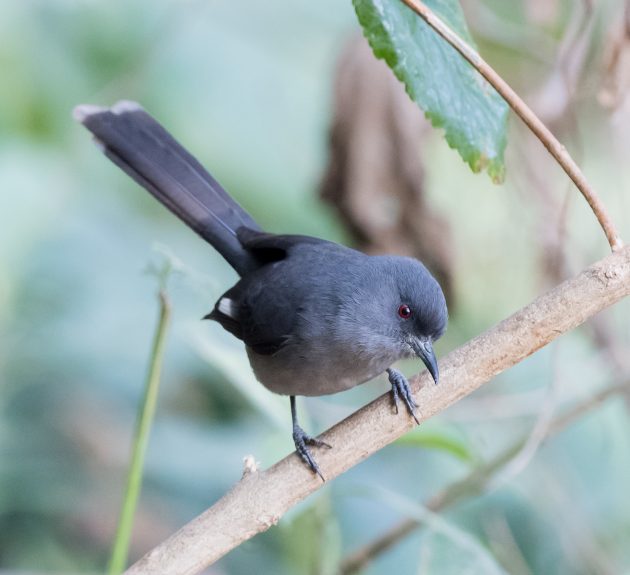
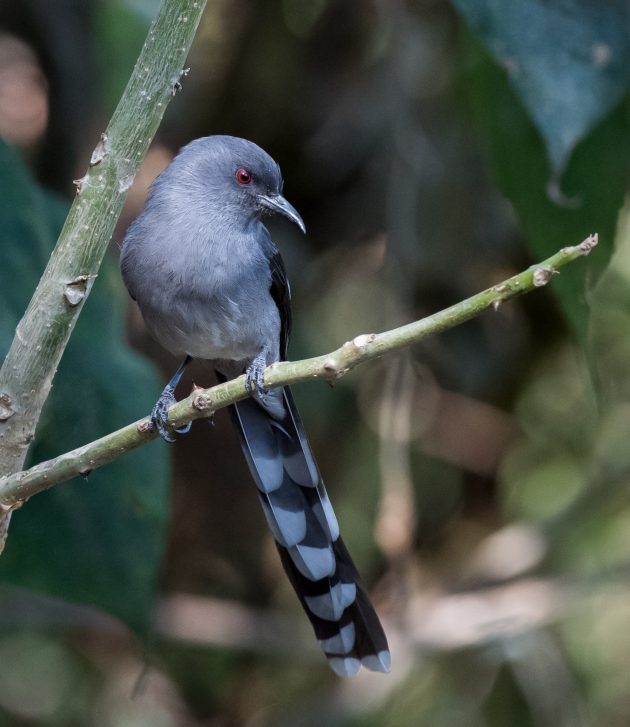
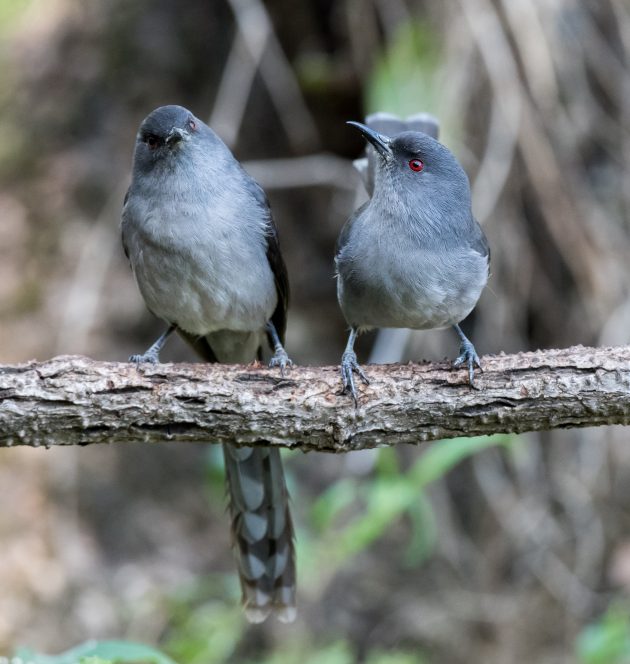
After these attractive but not exactly colorful sibias, the Scarlet Finch makes for a nice contrast. It is a rosefinch, though the intense red of the male is quite different from the more typical coloration of most rosefinch species.
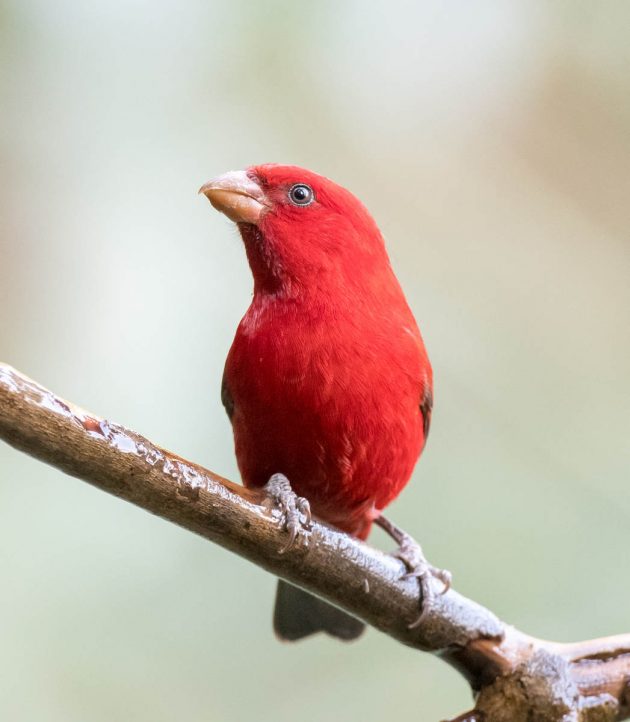
The species name sipahi comes from the Hindustani word for soldier, for the red uniform worn by those in the employment of the East India Company (source).
That is unfair to the bird, as the East India Company committed its fair share of atrocities – see this website or read the book “The Anarchy: The Relentless Rise of the East India Company” by William Dalrymple.
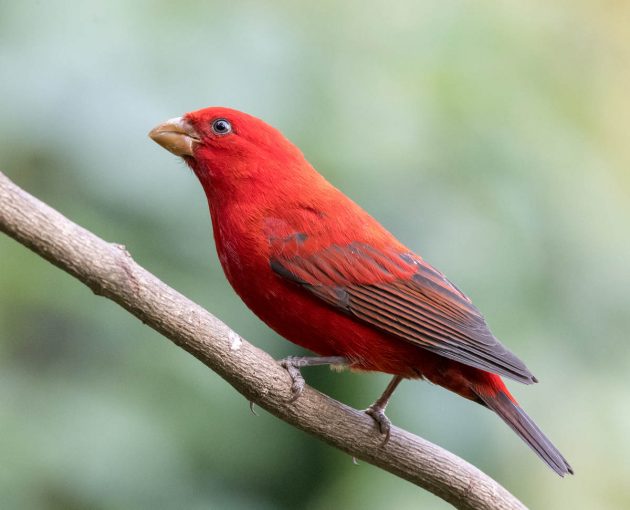
(And as usual, the name seems to refer exclusively to the male of the species. A bit unfair as the female looks rather elegant herself.)
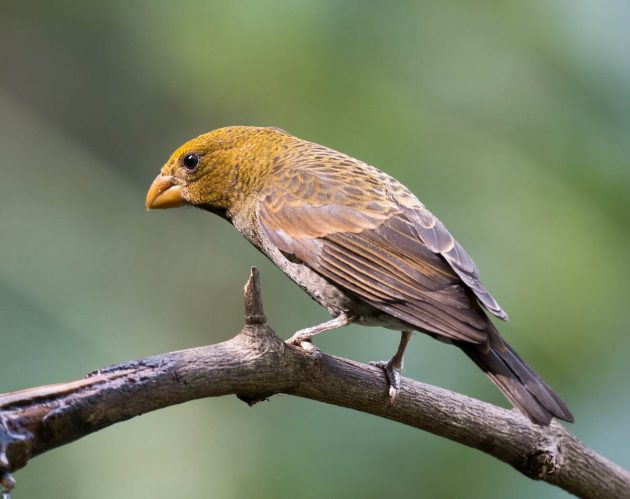
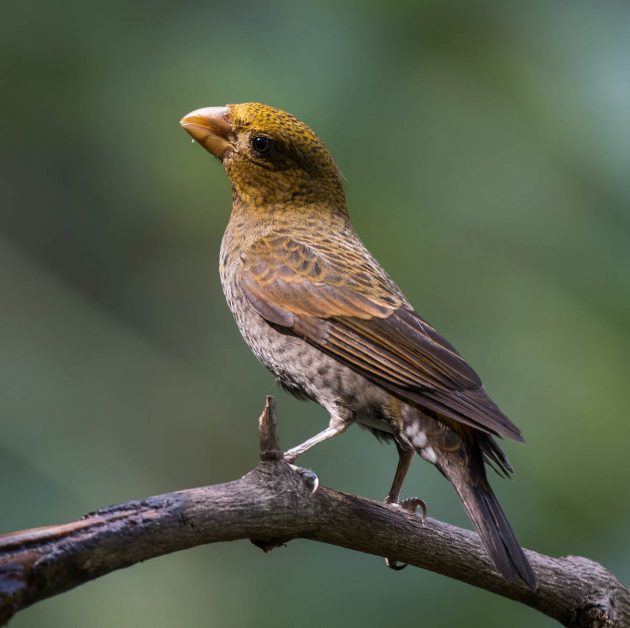
The Hold Steady – in one of their best songs, “Your little hoodrat friend” – sing about “all the things that she sticks into her skin. like sharpened ballpoint pens. and steel guitar strings. she says it hurts. but it’s worth it.” The obvious equivalent among birdwatchers are those trying to see and id leaf warblers – such as this Ashy-throated Warbler …
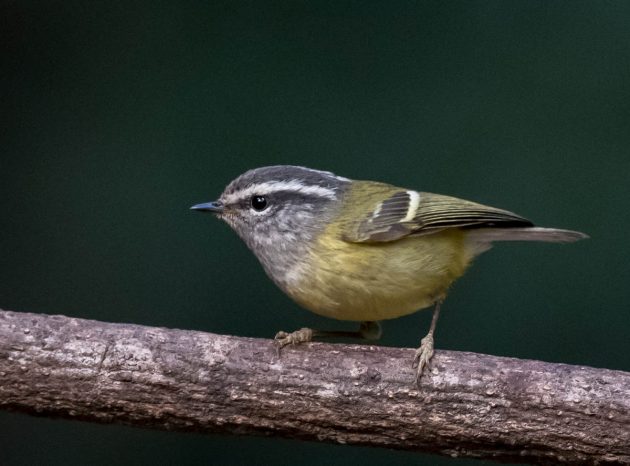
… or this Buff-barred Warbler.
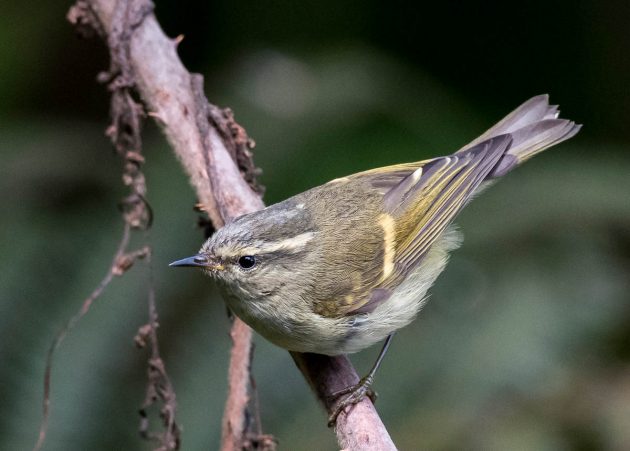
It hurts, but is it worth it?
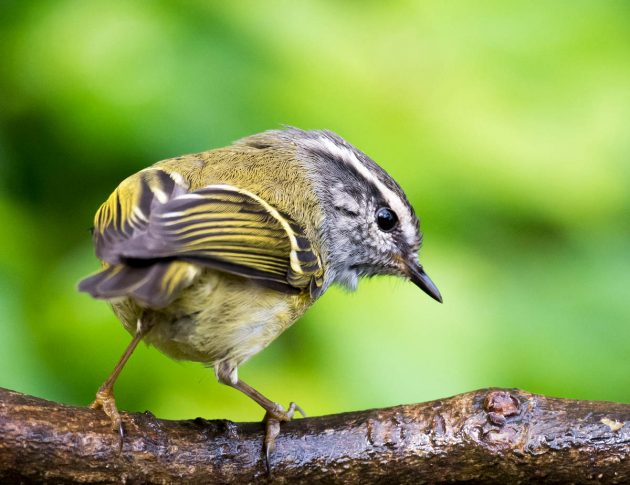
On the other hand, it is possible to be a Leaf Warbler and still have a somewhat distinct, maybe almost interesting look. An inspiration to us all: the Grey-cheeked Warbler.
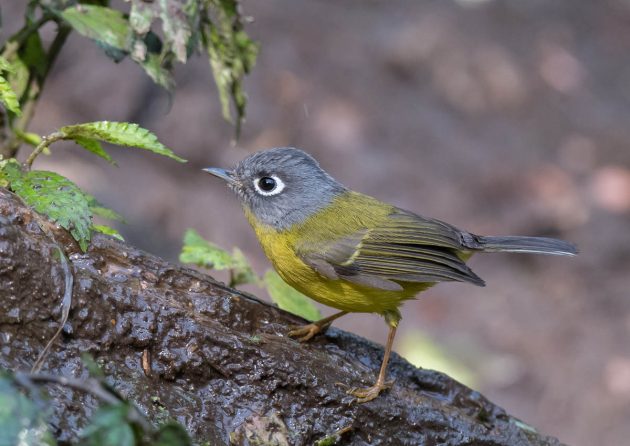
The Rufous-gorgeted Flycatcher is misnamed – the throat patch (gorget) clearly is orange rather than rufous.
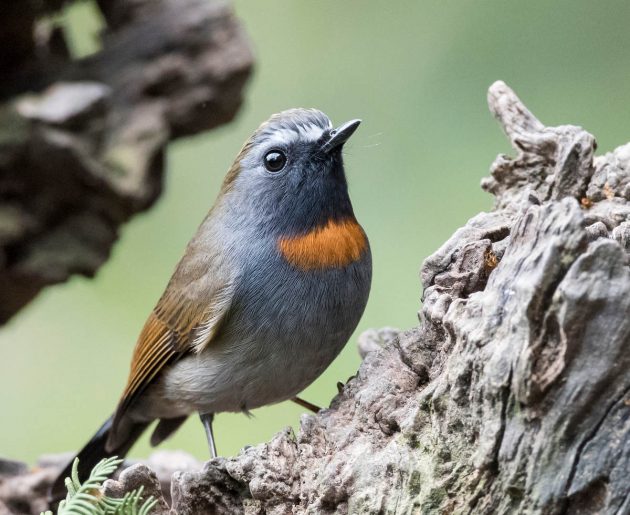
While eBird gets this right (“orange throat patch”), the HBW just assumes that the name must reflect reality and thus states that the bird has a “rufous patch on breast”. The HBW staff probably also thinks that North Korea is a democracy as its official name is “Democratic People’s Republic of Korea”.
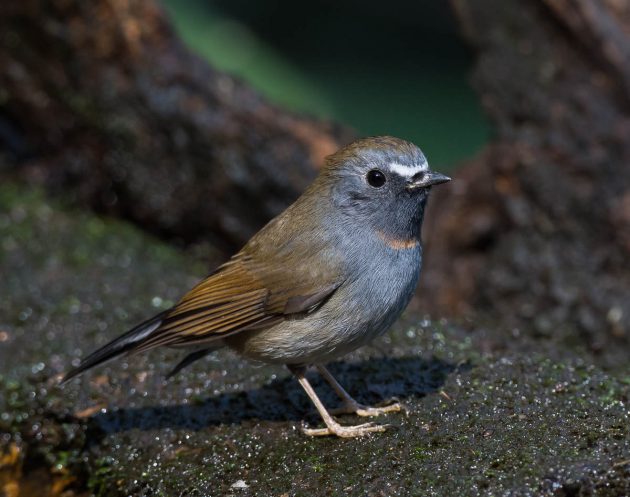
Note to HBW: Rufous means reddish-brown, not orange.
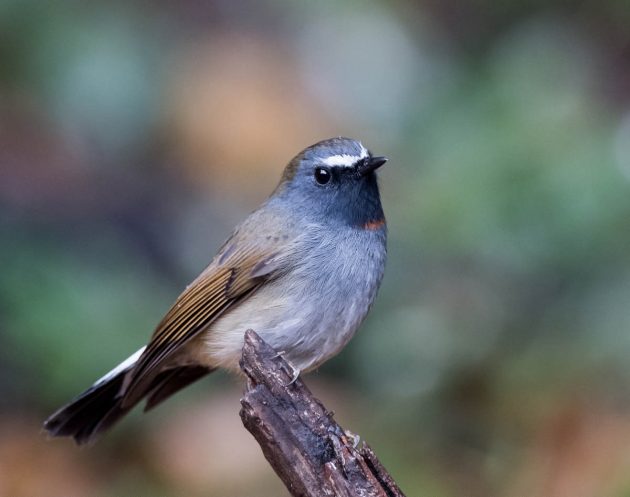
And in case you were wondering: I am fully aware that people pointing out errors like this one are not likely to get invited to many parties.
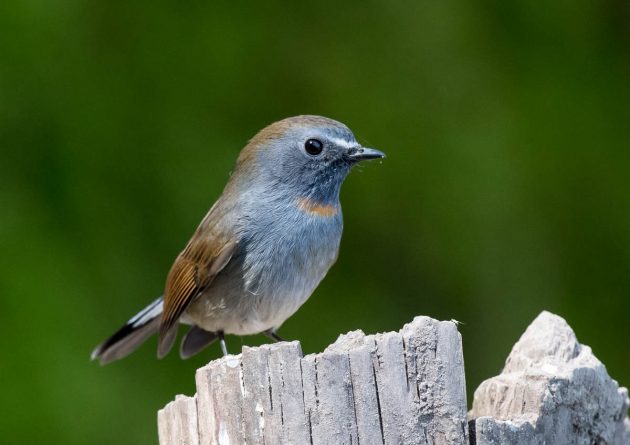
On the other hand, for the White-gorgeted Flycatcher, the HBW gets it exactly right, remarking on its “brilliant white throat”. Congratulations.
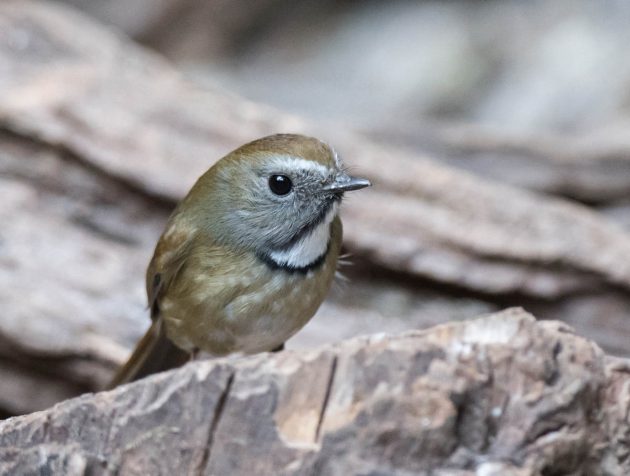
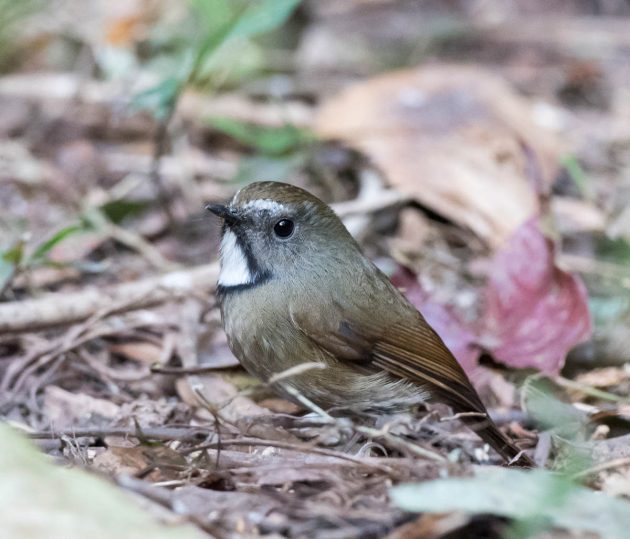
The Hill Prinia looks like an SUV version of the Plain Prinia – maybe the long tail increases maneuverability? The HBW describes the species as “almost hyperactive” while eBird focuses more on its appearance: a “large, fierce-eyed prinia”.
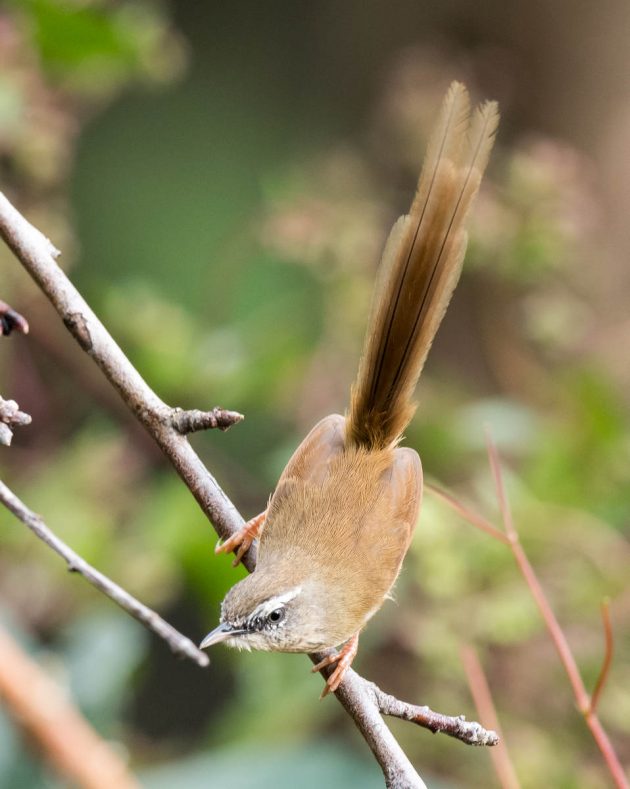
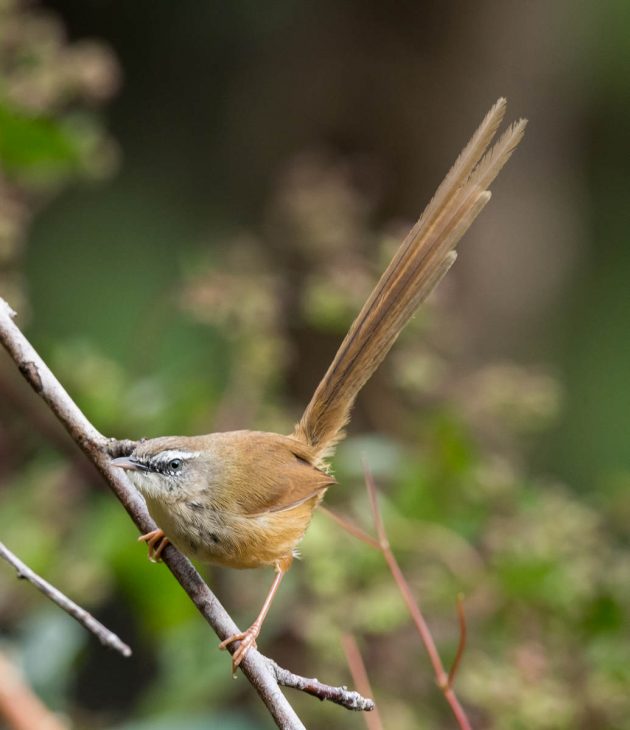
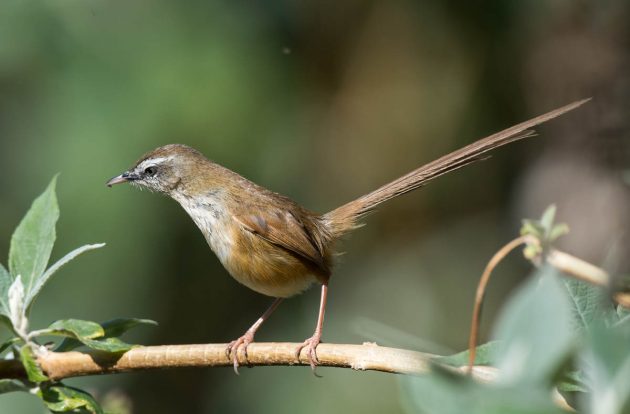
The Actinodura family – with a total of 9 species – is one that is usually listed under “Laughingthrushes and Allies”. In World War 2, this would have meant that this family was not on the side of the Nazis, which is hopefully true anyway.
At Baihualing, it is relatively easy to see 3 of these species, namely the Rusty-fronted Barwing …
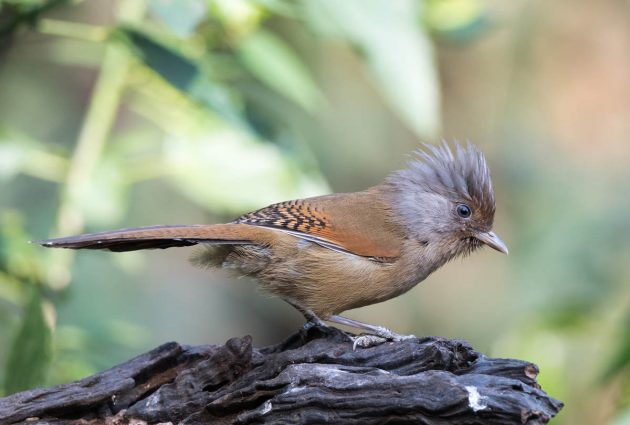
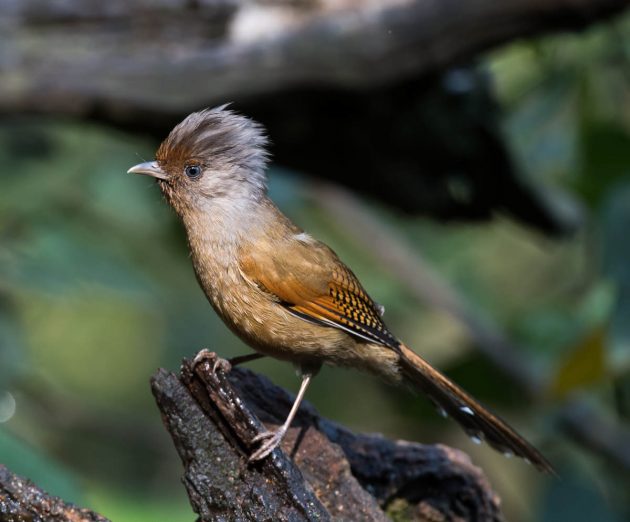
… the Blue-winged Minla …
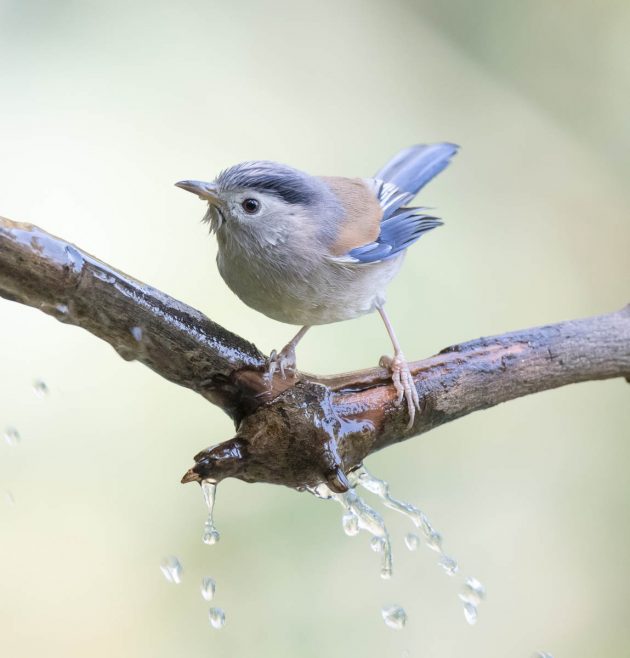
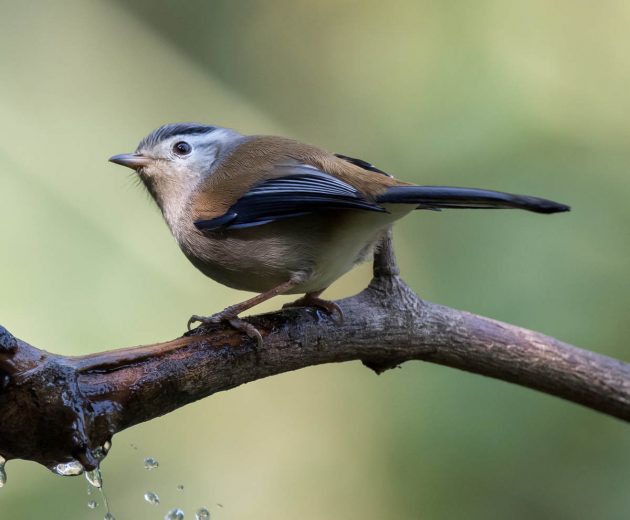
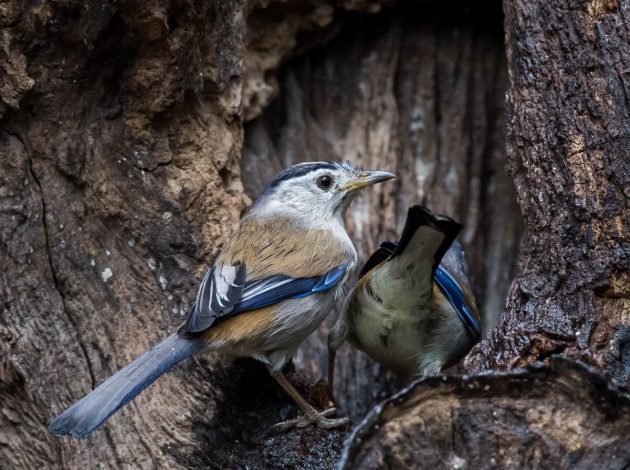
… and the Bar-throated Minla.
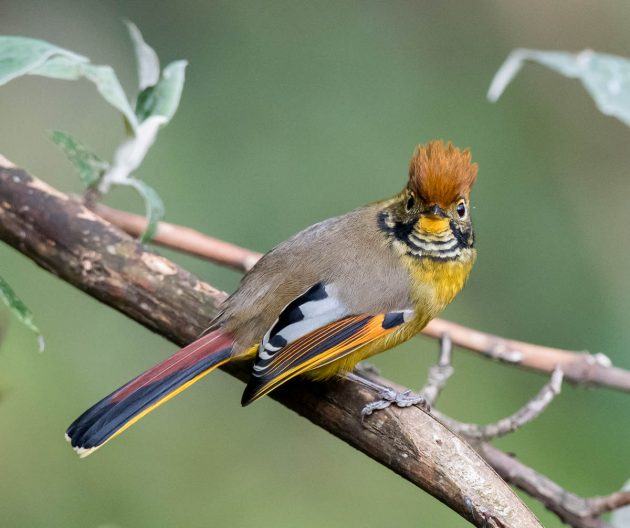
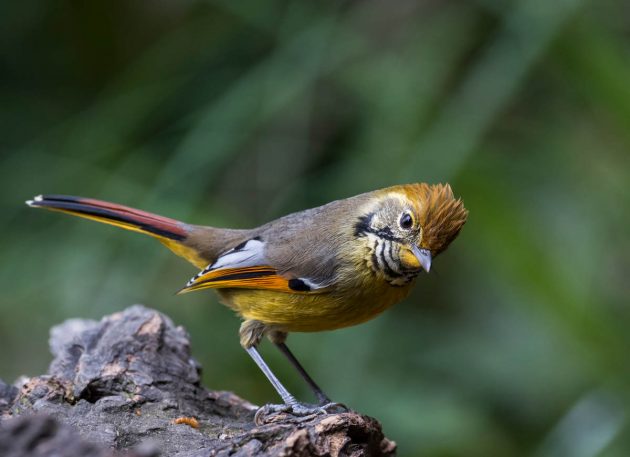
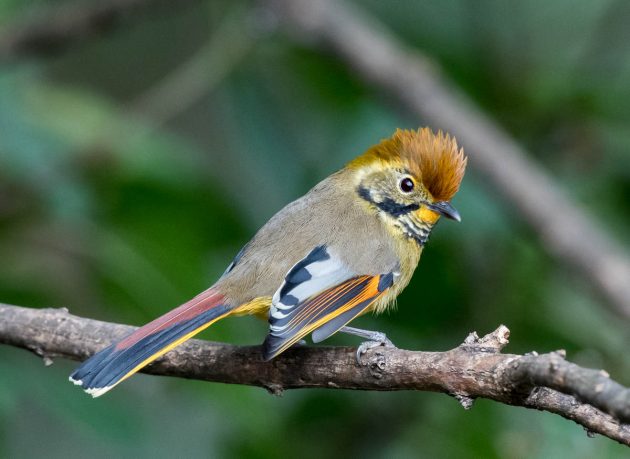
On the other hand, another species – the Red-tailed Minla – is not a member of the Actinodura family. It likes to be in its own family, confusingly named Minla (of which the Blue-winged Minla and the Bar-throated Minla are not members). At the time of writing, representatives of both the Blue-winged Minla and the Bar-throated Minla refused to comment on this situation.
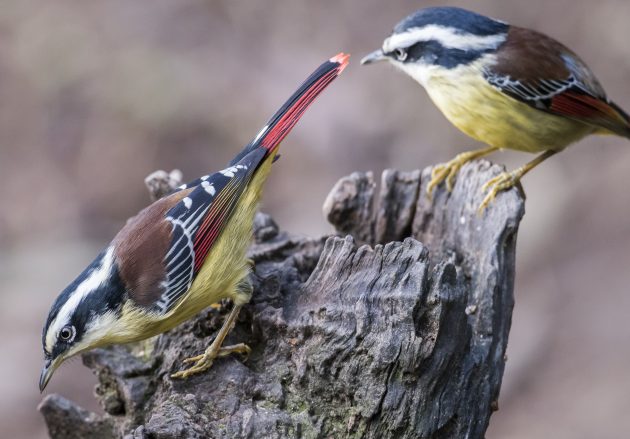
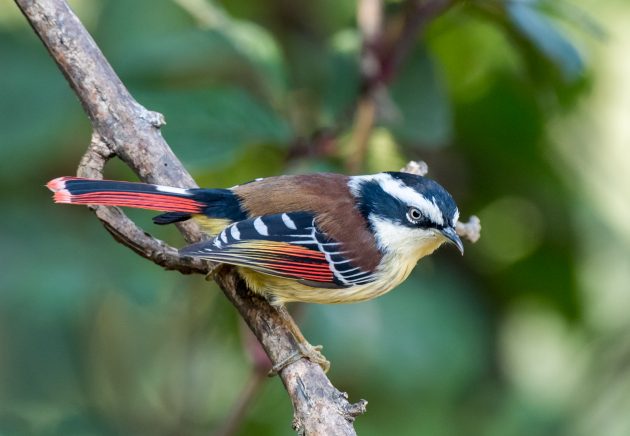
As the Red-tailed Minla thus is the only member of its family, you can imagine that family gatherings are slightly depressing affairs. On the other hand, there is no distant cousin showing up, getting drunk, and making unsolicited passes at the waitresses.
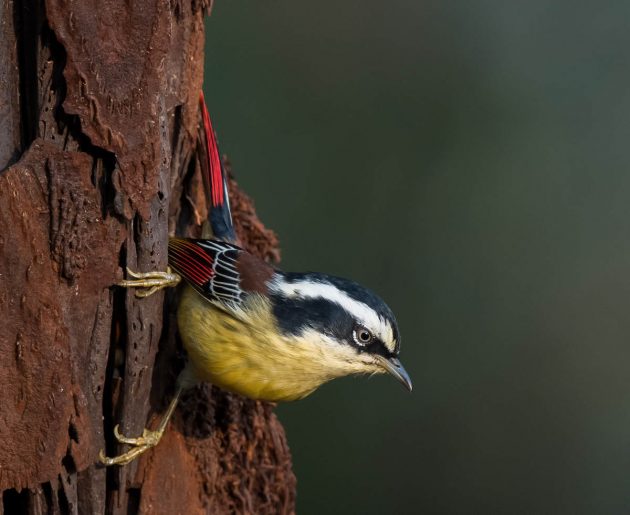
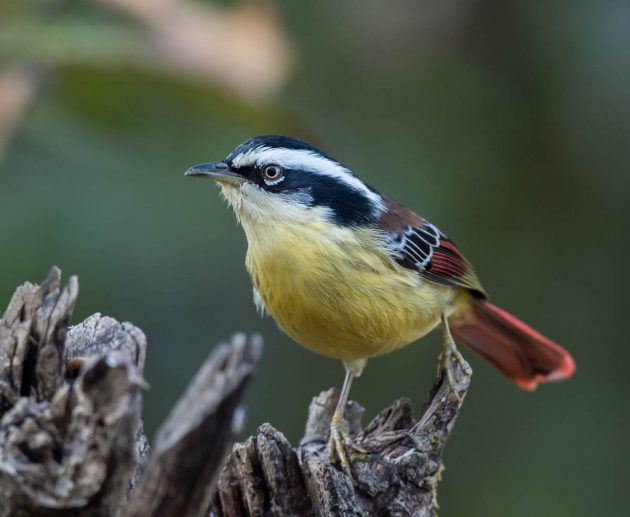
Of the three basic online sources I use for general species information (HBW, eBird, Wikipedia), eBird seems to be the one most prone to emotions. In the case of the Yellow-cheeked Tit, this includes stating that the bird is a “dashing medium-sized tit” that is “utterly unmistakable”.
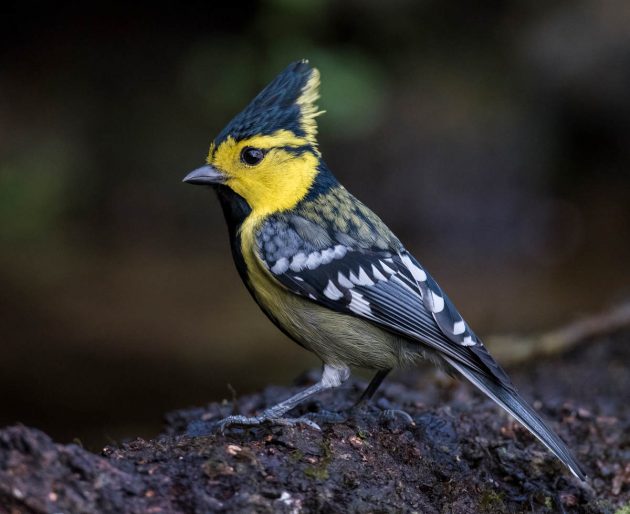
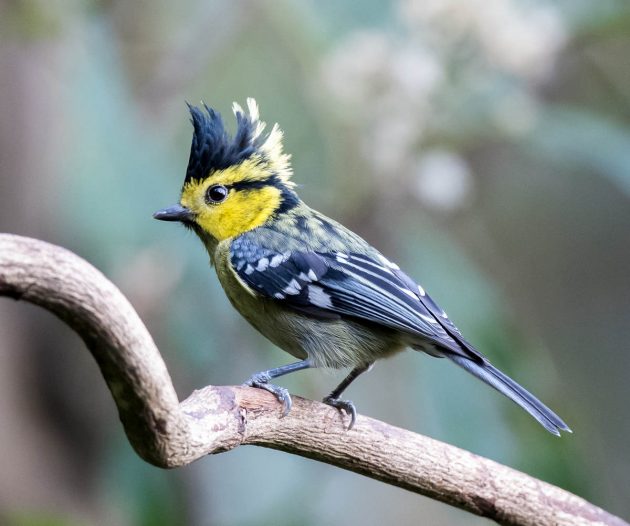
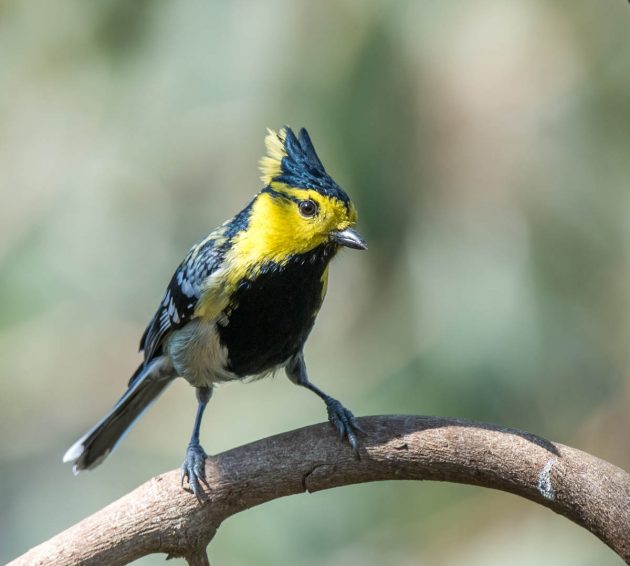
The Latin species name spilonotus makes this a spot-backed rather than a yellow-cheeked tit. The Chinese name wisely follows the English example.
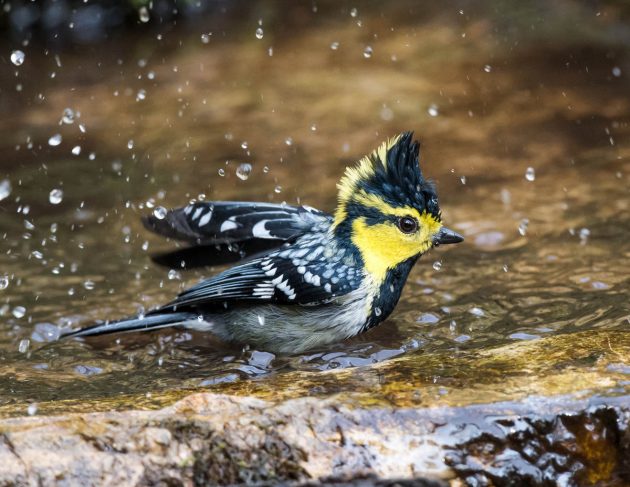
Random bonus thought: I just heard – in the background, coming from another room, as I do not like Pink Floyd myself – the song “Another brick in the wall”, particularly the line “no dark sarcasm in the classroom”. In retrospect, I wish there had been more dark sarcasm in my classrooms – would have been a better preparation for life, and more entertaining than most regular lessons …
While I associated the Oriolidae – the Old World Orioles – with the color yellow, it turns out that fewer than half of the 38 species in this family are mostly of yellow color. The Maroon Oriole thus is not as much of an outsider as I thought.
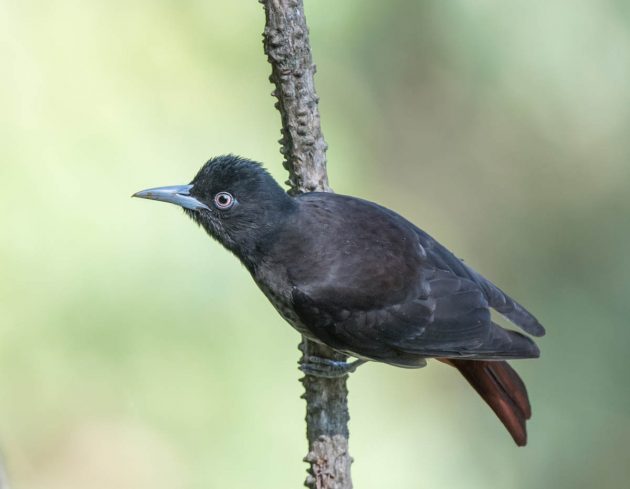
The Latin species name is traillii in honor of Dr. Thomas Stewart Traill (1781 – 1862), a British doctor. It seems he was basically a good guy – according to Wikipedia, he “was a keen (but unsuccessful) supporter of women attending the university”. Another fascinating bit of information for those people who either have no life or are under lockdown (or both) is that he, his wife and two daughters were invited as passengers on board of the “Novelty” in the Rainhill Trials, a competition between different steam locomotives won by Stephenson’s “Rocket” in which the “Novelty” also competed. Wikipedia, therefore, muses that this makes Dr. Traill and his relatives “possibly the first passengers on a steam train”.
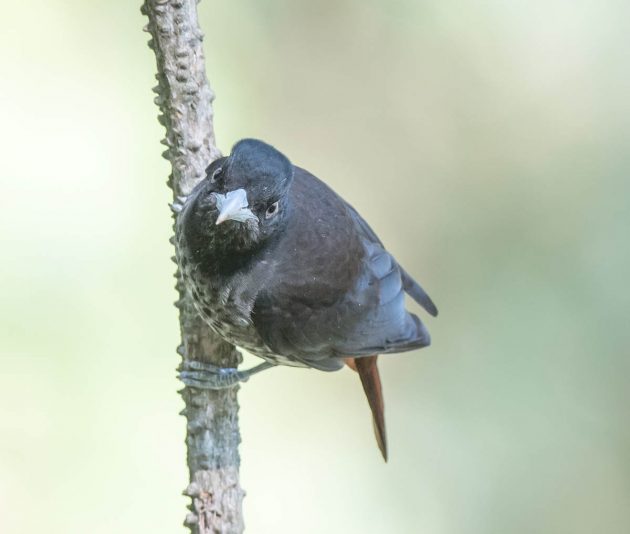
Finally, a music recommendation. “Palm Sunday” is a beautiful song by The Papercuts. They have another song – “Found bird” – which would fit better into this blog post thematically, but it is not quite as good.











Such cool birds, such a shame the site is only accessible to Chinese.